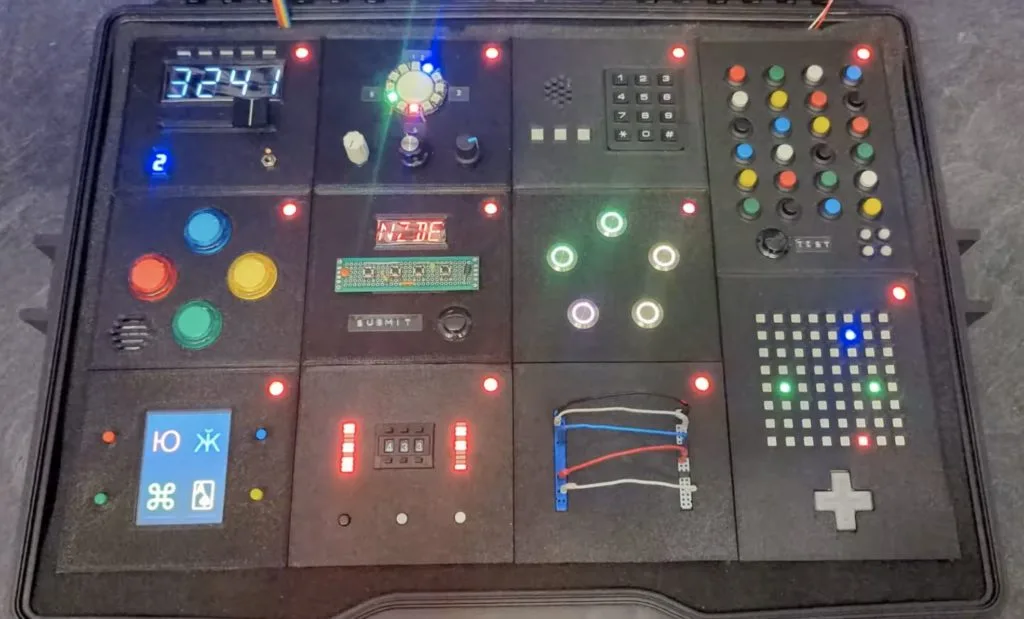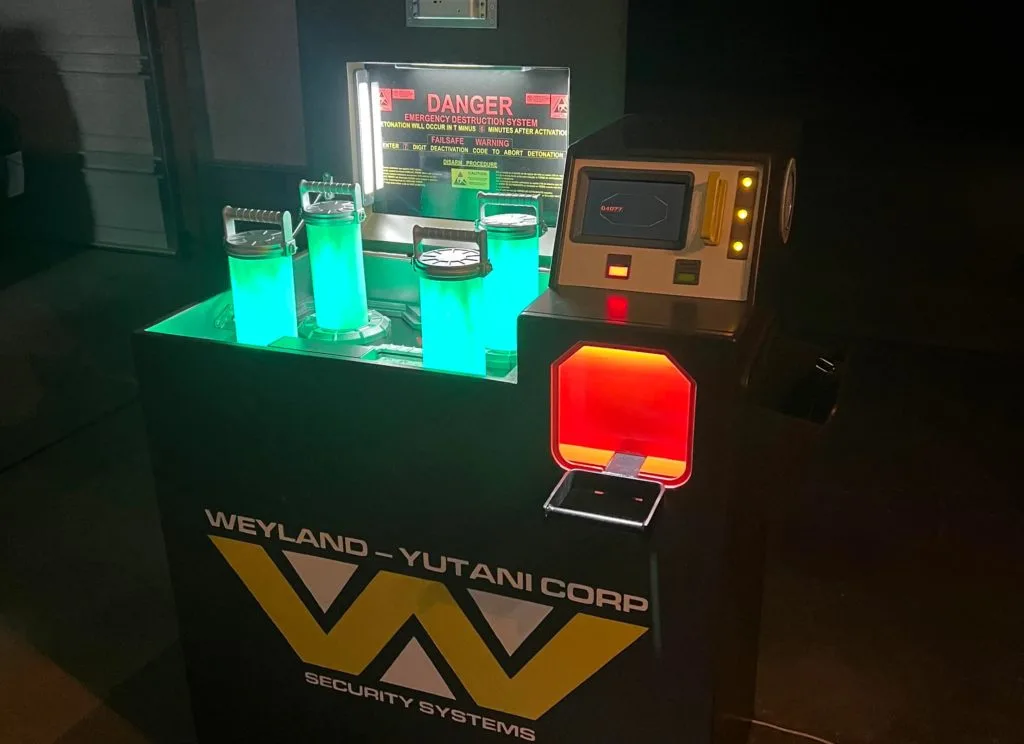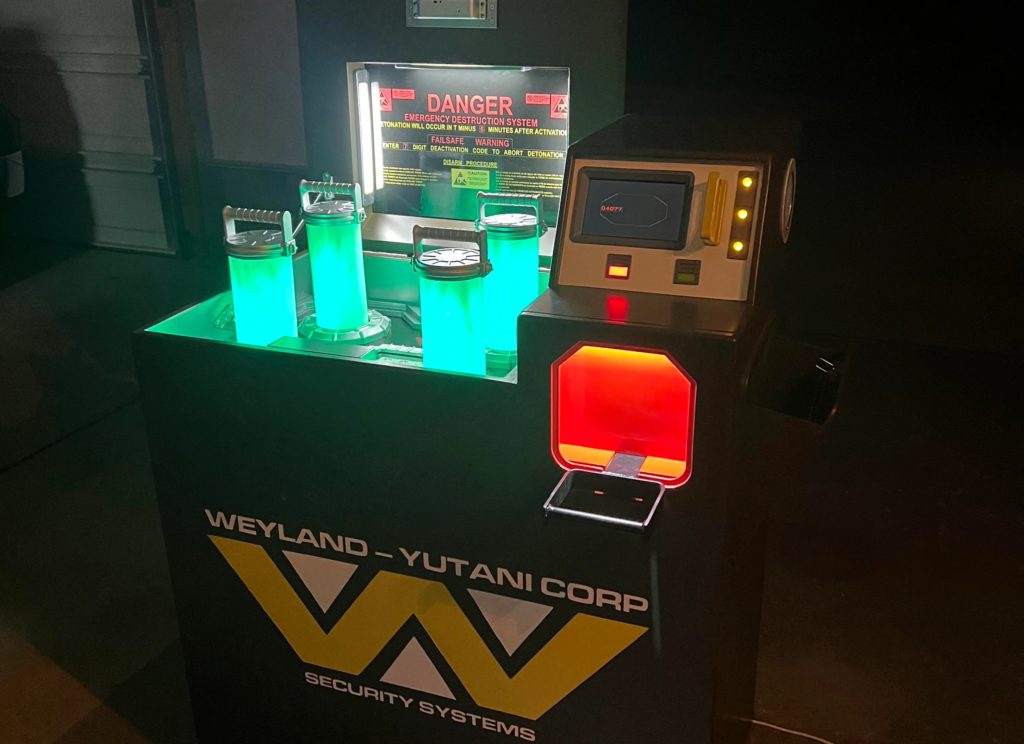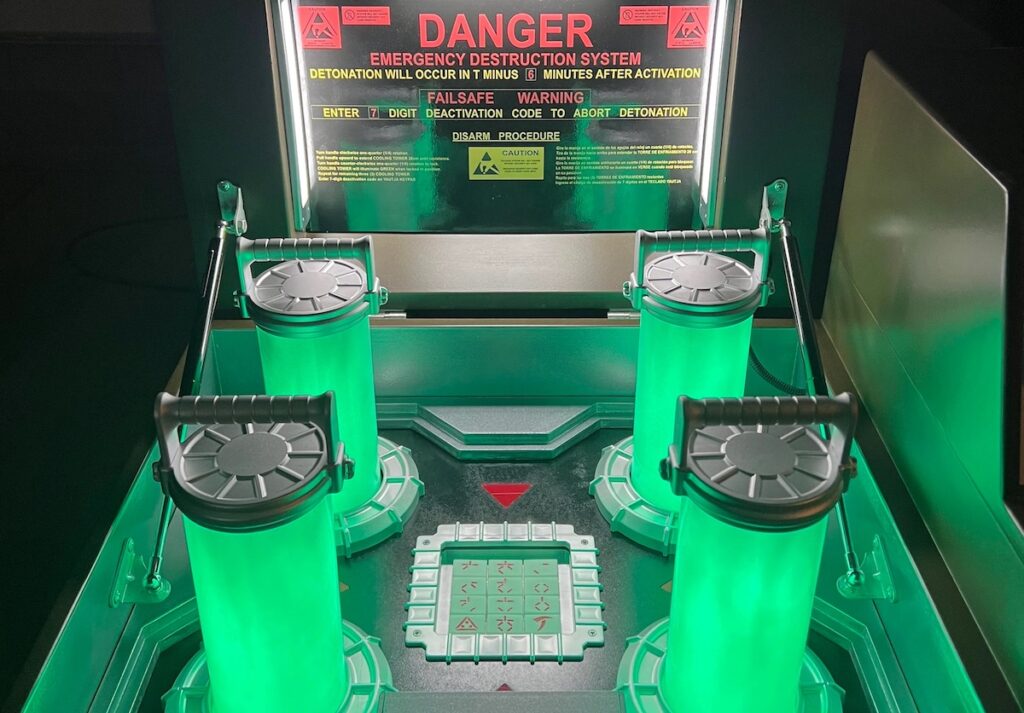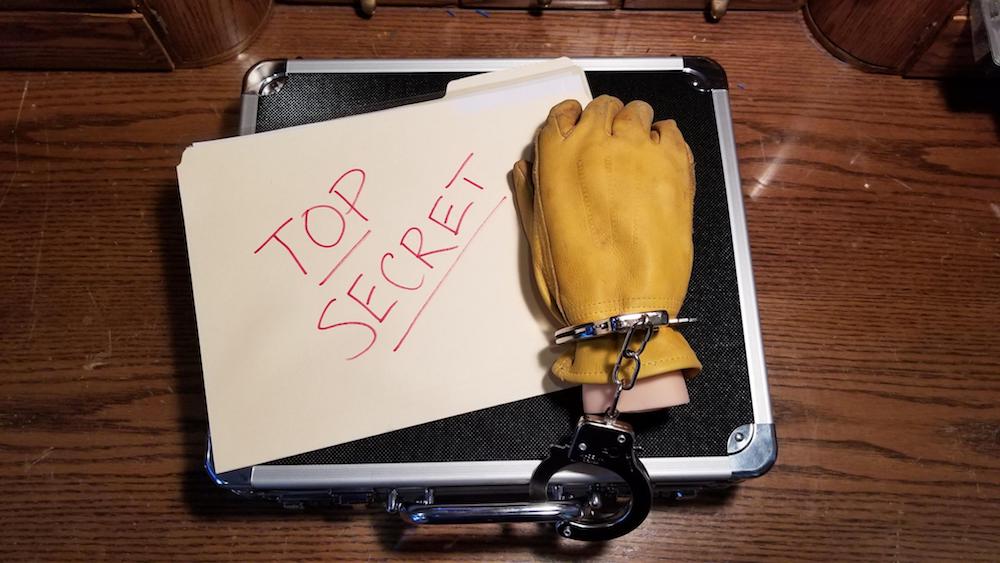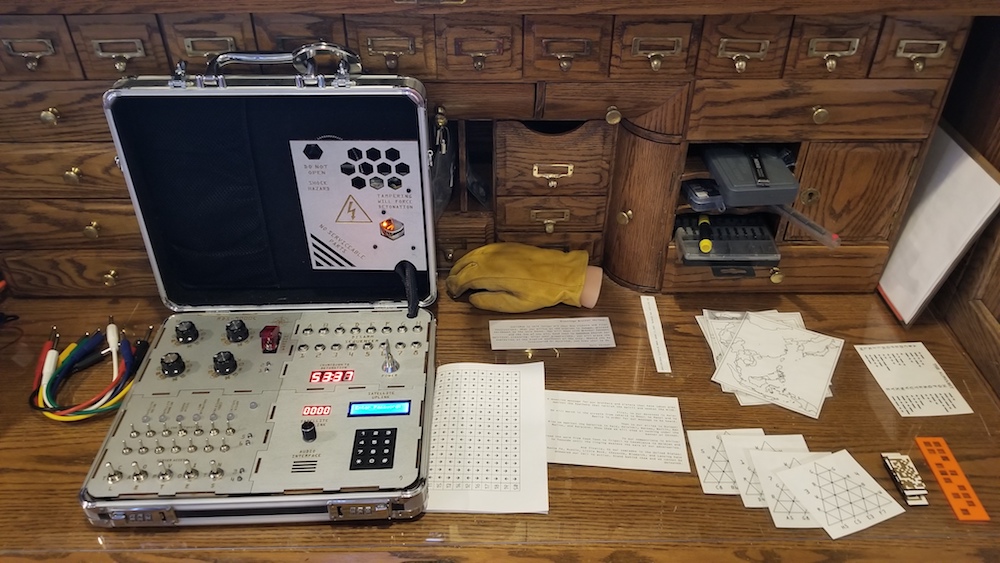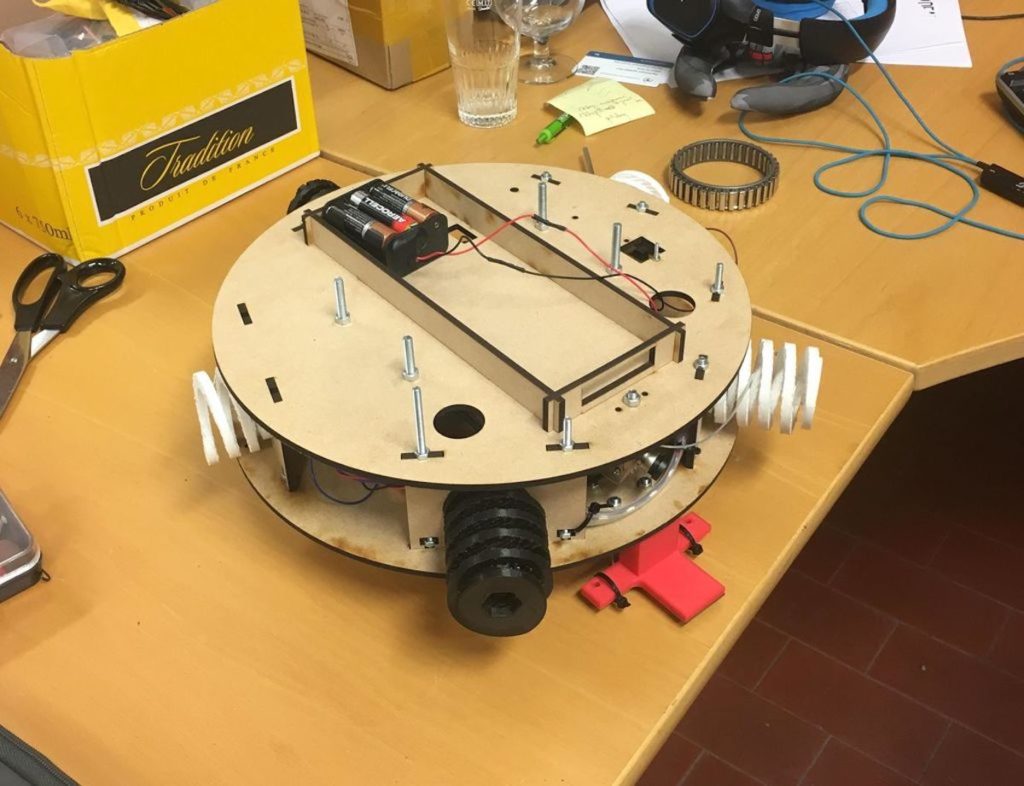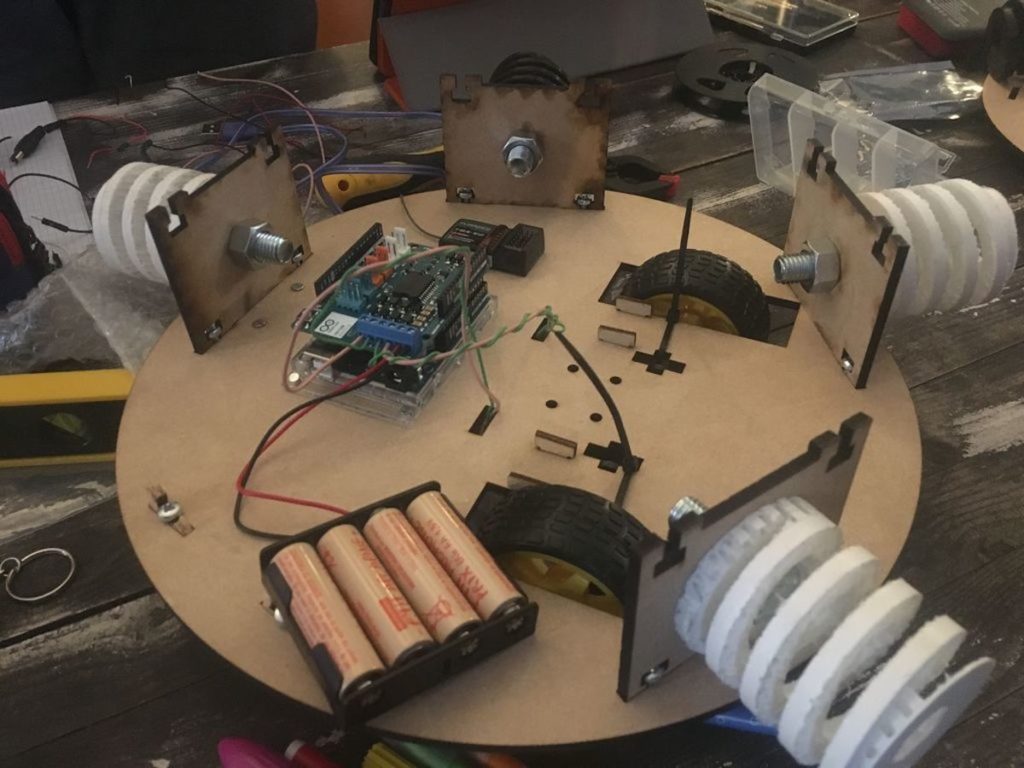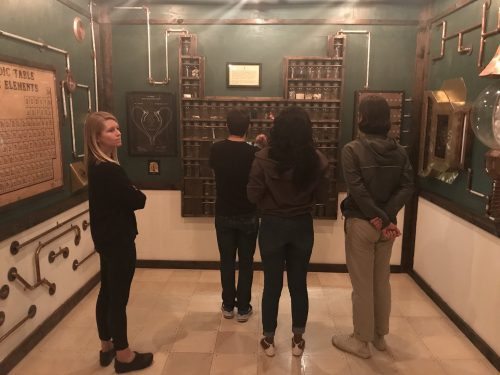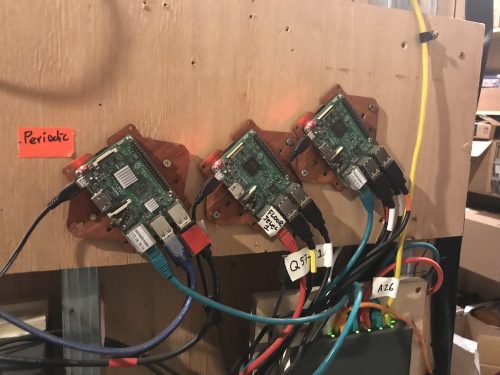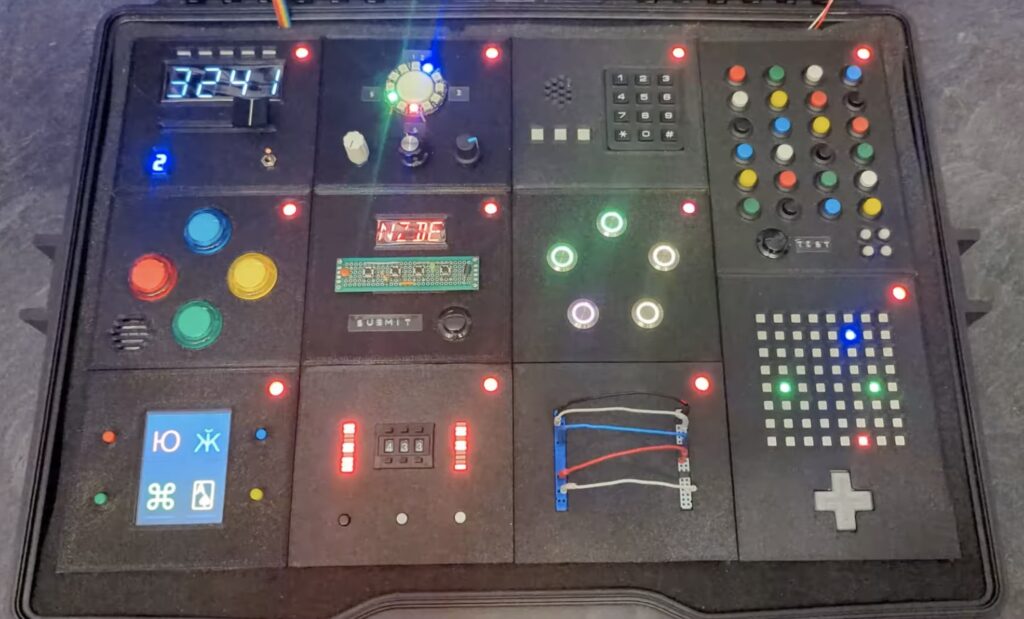
Keep Talking and Nobody Explodes is a fun party game for iOS and Android that presents players with the challenge of cooperatively defusing a virtual bomb. It is a bit like those “no, cut the blue wire!” scenes in movies, because only one player can see the bomb. The other player(s) has access to information about the bomb and good communication is necessary to guide the first player through the disarming process. Inspired by that game, Heath Paddock built this physical escape room-in-a-box for his friends that looks like a blast to play.
This self-contained escape room works almost exactly like Keep Talking and Nobody Explodes, but lets the player in charge of defusing interact with a physical “bomb.” If they wait too long or mess up the disarming process three times, the bomb explodes and the players lose.
As with Keep Talking and Nobody Explodes, this device has several modules that each act as distinct puzzles. For example, one module has an LED matrix “maze” that the defuser must guide a dot through. But they can’t see the walls of the maze, so they have to rely on instructions from the “expert” player that has access to the documentation.
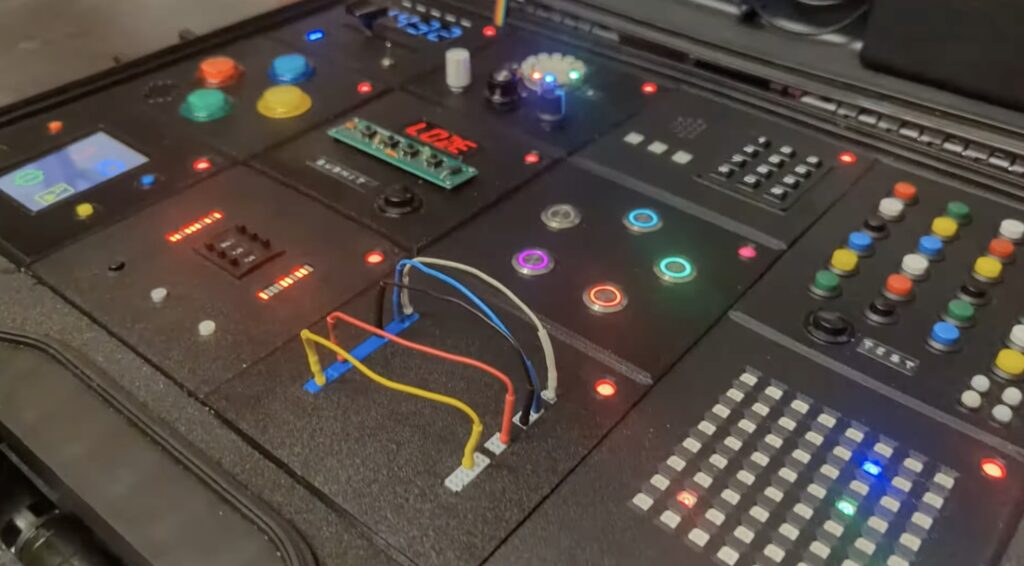
One Arduino oversees the whole game, tallying failed attempts and counting down until detonation. And each module also has its own dedicated Arduino to read the inputs and set the outputs (such as LEDs and displays) for that specific puzzle.
To keep everything in sync, Paddock developed his own communication protocol. It allows any Arduino to send a message to the central Arduino by passing it along a serial chain that goes through every Arduino in the box. That chain forms a big loop, so every message will eventually reach its destination.
This project is a delight to see in action and looks like a lot of fun. It takes the proven gameplay of Keep Talking and Nobody Explodes and adds tactility to enhance the experience.
The post This escape room-in-a-box looks like a blast appeared first on Arduino Blog.
Website: LINK
